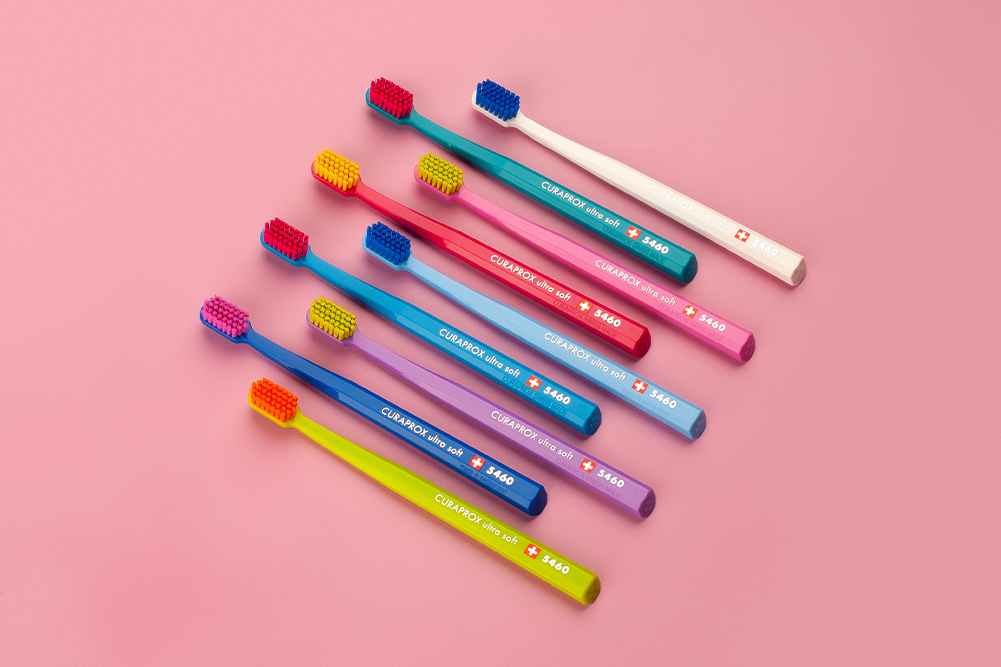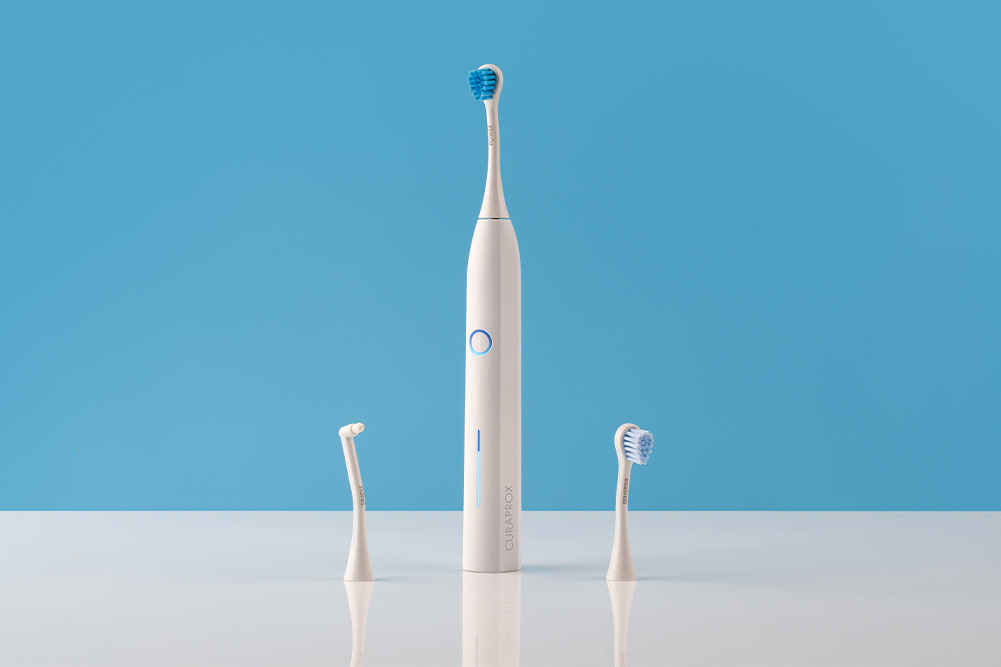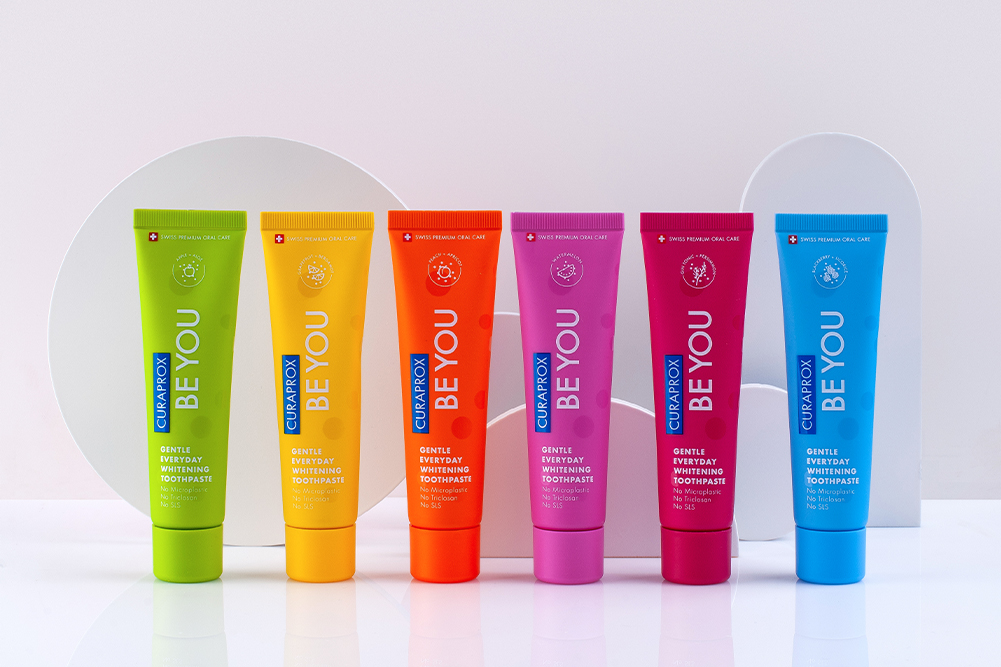Organic vs non-organic beauty
It’s hard to imagine that beauty or self-care products could be poisonous, particularly when the label uses words like “organic”, “pure” or “safe”. The reality, though, is unless you read the ingredient label, understand organic certification and consider the packaging, you really don’t know what you are putting on your skin and into your body by way of absorption through the skin.
Did you know you can absorb more toxins from personal, skincare and hair-care products than from food?
Your skin is the largest organ in your body — and also the thinnest. Less than one-tenth of an inch separates your body from potential toxins. Worse yet, your skin is highly permeable. Just about anything you put on your skin will end up in your bloodstream and will be distributed throughout your body.
Putting chemicals on your skin or scalp may actually be worse than eating them. When you eat something, the enzymes in your saliva and stomach help to break it down and flush it out of your body. However, when you put these chemicals on your skin, they are absorbed straight into your bloodstream without filtering of any kind, going directly to your delicate organs.
Once these chemicals find their way into your body, they tend to accumulate over time because you typically lack the necessary enzymes to break them down. When you add up daily exposure over the course of a lifetime, this represents an untold amount of chemical exposure.
What’s in a word?
There exists a common misconception in relation to the use of the word “organic”. Currently in Australia — and across most of the world — there is little regulation surrounding the use of the word “organic”. Yet the mere use of the word implies that the product on which it appears is natural, safe, pure and pesticide- and chemical-free. Companies can, and do, mislead customers.
Organic, as partly defined by the Oxford Dictionary, means:
adjective
1. relating to or derived from living matter
2. (of food or farming methods) produced or involving production without the use of chemical fertilisers, pesticides or other artificial chemicals
noun (usually organics)
1. a food produced by organic farming
2. an organic chemical compound
However, the everyday “organic” products commonly found on the supermarket shelves are far from organic, natural, safe, pure and pesticide- and chemical-free.
The misuse of the word “organic”, sadly, is not just limited to the labels on self-care products. Rather, it is used on many products that are marketed to a mostly unsuspecting audience. “Organic” cleaning, food, clothing and personal hygiene products are often mistaken by consumers genuinely wanting to purchase safer options.
Supply always meets demand and while most consumers remain uneducated as to what “organic” truly means, companies will continue to produce inappropriate and misleading products. And why wouldn’t they? Profit is the driver in most businesses and the ingredient and manufacturing costs of producing chemical-based products are far less than the cost of producing certified organic alternatives. Consumers are driven predominantly by price, and companies position their products accordingly to ensure maximum uptake within the market.
Let’s break the cycle
Education is the key to breaking the cycle, empowering consumers and making companies accountable for their labelling. You, the purchaser of these products, need to arm yourself with the knowledge required to make informed choices. If necessary, you also need to make complaints to your national consumer law champion — the Australian Competition and Consumer Commission (ACCC) in Australia or the Commerce Commission in New Zealand — when you feel a company has deceived you in its labelling.
The challenge is that currently most consumers aren’t aware they are being deceived. It’s only through education that people gain an understanding of what organic truly is and become aware of the level of deception within the marketplace.
Who are the regulators?
The subject of mislabelling has been on the agenda of the ACCC, with a mid-2013 finding against numerous water companies making “organic” claims. This is a positive step in the right direction for the organic industry, though companies in this sphere still have a long way to go to rid their industry of shady marketing.
The ACCC website is clear about what constitutes an organic claim: “any claim that describes a product as organic, or the ingredients used to make a product as organic”. It states there’s “a voluntary Australian standard for growers and manufacturers wishing to label their products ‘organic’ and ‘biodynamic’” and that the differing certified organic trademarks are provided by various private bodies, so the minimum standards required to get certification may vary.
The ACCC is also clear about its stance on companies that don’t deliver what’s on the label. It says businesses that make organic claims, or claim to meet a particular standard, must be able to substantiate those claims, and warns “misleading, false or deceptive organic claims are against the law”.
However, although the ACCC lists the above information clearly on its website, and the Competition and Consumer Act 2010 (CCA) governs the requirements that companies must adhere to when labelling their products, the onus for reporting such misleading or deceptive labelling of products falls predominantly on the shoulders of an uneducated consumer market.
The catch-22 situation is that, as mentioned, most people — those not au fait with the true meaning of “organic” — are unaware of any possible label deception and so continue to use products they think are the healthy alternatives.
Fortunately, there is a growing interest in organics and especially in certification. The trend in wellness appears to be gaining momentum: farmers’ markets are becoming more commonplace, wellness websites are offering advice (mostly based on an individual’s personal journey), organic megastores and eateries are opening, and natural living magazines share much-needed health and wellness information regularly. Also, health centres offering a specialised holistic approach to wellness are popping up in the place of the one, traditional, natural therapy modality practice that has until recently been the predominant model for alternative healthcare.
As this trend continues, awareness of what’s truly organic — and what’s deceptively labelled — can only grow.
What’s inside?
It is important as a consumer that you understand the difference between “conventional”, “organic”, “certified natural” and “certified organic” products — and the potential impact of using non-certified organic products on your body.
Organic certification is the customer’s guarantee that all products manufactured by a company adhere to the strict and rigorous criteria placed on it by the certifying body. The certification criteria encompass every step of the process, from pre-planting of the soil through to despatch of the end product to the consumer via the warehouse.
The table below identifies the criteria outlined by Australian Certified Organic (ACO), Australia’s largest and most trusted certification body.
|
Certified Natural cosmetics |
Certified Organic cosmetics |
|
| Natural ingredients |
Y |
Y |
| Naturally derived ingredients |
Y |
Restricted |
| Nature equivalent |
Y |
N (some exceptions) |
| Organic certified ingredients |
Might contain |
Minimum % defined |
| Sustainable ingredients |
Might contain |
Y |
| Third-party certification |
N |
Y |
| Animal testing |
Country regulations apply |
N |
| Nanotechnology |
Y |
N |
| Ingredients sourced from GMO |
Y |
N |
| Irradiation |
Y |
N |
As you can see, certified organic is more stringent than certified natural. There is a great variance between the quality of conventional and certified natural products, and greater still between conventional and certified organic products.
What do some of the conventional products, and even the so-called “organic” products, contain that certified organic products don’t? And what is the potential impact on the human body?
Most conventional personal, skincare and hair-care products contain TEAs (triethanolamines), DEAs (diethanolamines), sulfates, glycols, parabens, synthetic and artificial ingredients, ethoxylates, formaldehyde and formaldehyde derivatives.
A large number of toothpastes, mouthwashes and mouth sprays, for example, contain aspartame — an excitotoxin which, according to Jorge Larrañaga, the senior certification officer at Australian Certified Organic, is “a chemical that stimulates the neurons in the brain to excessive firing, which then totally fatigues and sometimes kills them, leading to serious diseases”. And there is another particularly nasty ingredient, called triclosan, found in most conventional toothpaste products.
According to the Environmental Working Group (EWG), an environmental health research and advocacy organisation based in the US, a 2010 analysis of the 10,500 ingredients used in toothpaste, sunscreen, nail polish and personal, haircare and skincare products revealed that only 13 per cent of products had been reviewed for safety in the past 30 years. Furthermore, those that were reviewed were done so by the Cosmetics Ingredients Review, which is run by the cosmetics industry.
A report by the EWG in 2010 showed that, on average, most women were likely to apply 126 different ingredients to their skin on a daily basis, and roughly 90 per cent of these ingredients had not been evaluated for safety. The US Food and Drug Administration even states: “Cosmetic products and ingredients are not subject to FDA premarket approval authority, with the exception of colour additives … Cosmetic firms are responsible for substantiating the safety of their products and ingredients before marketing.”
Delia McCabe, a specialist in nutritional neuroscience, shares the impact of chemicals on the human body: “Iodine is essential for the production of hormones released by the thyroid gland,” she says. “These thyroid hormones are used in every single cell in the human body. Iodine is essential for the normal development of the brain. Exposure to many of the toxins that are now in our everyday environment, as well as diets high in refined carbohydrates, increases the need for iodine.
“There is mounting evidence that Parkinson’s disease is linked to pesticide exposure, as farmers tend to have higher rates of Parkinson’s, and organochlorine insecticides have been noted as being especially dangerous,” states McCabe. “Pesticides accumulate in fat and, with a fat-laden brain, at 60 per cent pesticide accumulation can have devastating consequences.
“Manmade compounds can predispose you to automatic weight-gain. Many of the chemicals that are produced today, to manufacture anything from plastic containers in which we store our food, to special machine lubricants, are now being recognised as potential fat-magnets, or obesogens. These EDCs (endocrine disruption chemicals) interrupt the complex and carefully orchestrated endocrine system, your hormone production centre. They are dangerous to your wellbeing and long-term physical and mental health.”
According to McCabe, these chemicals may be hampering your ability to lose weight permanently. She suggests avoiding them as much as possible to “ensure that your endocrine system continues to perform its important functions with ease, which include helping to control your appetite and metabolism as well as allowing your fat cells to function as nature intended”. She says you need to become fussy about what kind of body- and hair-care products you use and ensure they contain no obesogens.
Ingredients to avoid
So what are you really putting on and in your body? Only the cosmetics companies know for sure, as not all ingredients are required to be included on the label.
The list of dangerous ingredients used in cosmetics is long: the US National Institute of Occupational Safety and Health has stated that nearly 900 of the chemicals used in cosmetics are toxic. According to US-based author and natural medicine proponent, Dr Joseph Mercola, here are some of the major ones, which are very common and which you will want to avoid:
Parabens
Also known as methylparaben, propylparaben, butylparaben, among others. Parabens are a group of chemicals widely used as preservatives in cosmetics and pharmaceuticals, and they are possible carcinogens. The US Environmental Protection Agency (EPA) has linked methylparaben in particular to metabolic, developmental, hormonal and neurological disorders, as well as various cancers.
Scientific studies have shown that the oestrogenic effect in relation to the extended use of parabens can lead to diminished muscle mass, extra fat storage and breast growth in males. Other studies have shown that oestrogen stimulates breast cancer. There have been no successful studies to show that repeated and prolonged use of parabens is safe. Paraben is a low-cost synthetic preservative for which many large cosmetic brands have tried to fund studies in the hope of proving that prolonged usage is safe; all studies failed.
Parabens can be found in face and body moisturisers, body wash, deodorants and cleansers.
Phthalates
Plasticising ingredients which, among other problems, have been linked to birth defects in the reproductive system of boys and lower sperm motility in adult men.
Methylisothiazolinone
Used in shampoo to prevent bacteria from developing, methylisothiazolinone (MIT) may have detrimental effects on your nervous system.
Toluene
Made from petroleum or coal tar and found in most synthetic fragrances. Chronic exposure is linked to anaemia, lowered blood-cell count and liver or kidney damage, and may affect a developing foetus.
Triclosan
A registered pesticide, triclosan is an antimicrobial active ingredient that acts to slow or stop the growth of bacteria, fungi and mildew, and reduce or prevent bacterial contamination. This ubiquitous chemical is added to many personal care products, including antibacterial soaps and body washes, toothpastes and certain cosmetics, as well as furniture, kitchenware, clothing and toys. Triclosan’s harmful effects include impaired heart and muscle function and hypothyroidism.
Another weighty issue
As well as these scary effects, nutritional biochemist Dr Libby Weaver says chemicals in our skincare, personal and haircare products can also impact on our weight.
In her latest book, Beauty From the Inside Out, Dr Weaver states: “Given that the detoxification processes within the body, including those of the liver and urinary system, are required for the transformation of these synthetic chemicals so they can be excreted from the body, they can add to what we call the ‘liver load’. If the liver is unable to keep up with its detox work, it can lead to a range of health and Beauty challenges, including skin congestion, acne and sex hormone imbalances. The liver tends to recycle substances or store them in our fatty tissue which, for some people, may impact their body shape and size as well.”
Health by choice
Consumers have the power of choice; companies will only supply what demand dictates. When we commit to health on a personal level, the health of the planet is also affected. Making healthy, sustainable choices for yourself and your future will also help to ensure our environmental future.
Here are some recommendations that you can implement in everyday life:
- Use only certified organic household, personal, skincare and haircare products.
- Use only certified organic deodorant. Do not use antiperspirants.
- If you can’t pronounce it, you probably don’t want to put it on your body. Ask yourself, “Would I eat this?”
- Look for products that are fragrance-free. One artificial fragrance can contain hundreds — even thousands — of chemicals, and fragrances are a major cause of allergic reactions.
- Pay attention to the order in which the ingredients are listed. Manufacturers are required to list ingredients in descending order by volume, meaning the first few ingredients are the most prominent. If lavender or chamomile extract are the last ingredients in a long list on the label, your lavender and chamomile bodywash isn’t very natural.
- Buy products that come in glass bottles rather than plastic, since chemicals can leach out of plastics and into the contents. Bisphenol A (BPA) is a serious concern; make sure any plastic container is BPA-free.
- Purchase certified organic products from companies that are earth-friendly, animal-friendly and green.
Therese Kerr is an author, speaker, co-founder of Divine By Therese Kerr and ambassador for Australian Certified Organic (ACO). You can visit theresekerr.com to find out more and to read her health blog, and connect with her at divinebytheresekerr.com, on Facebook at facebook.com/ThereseKerrOfficial, on Twitter @Therese_Kerr or on Instagram: Theresekerr.







